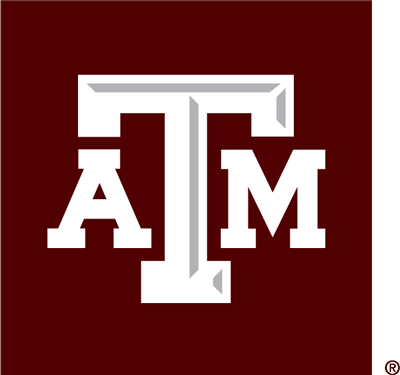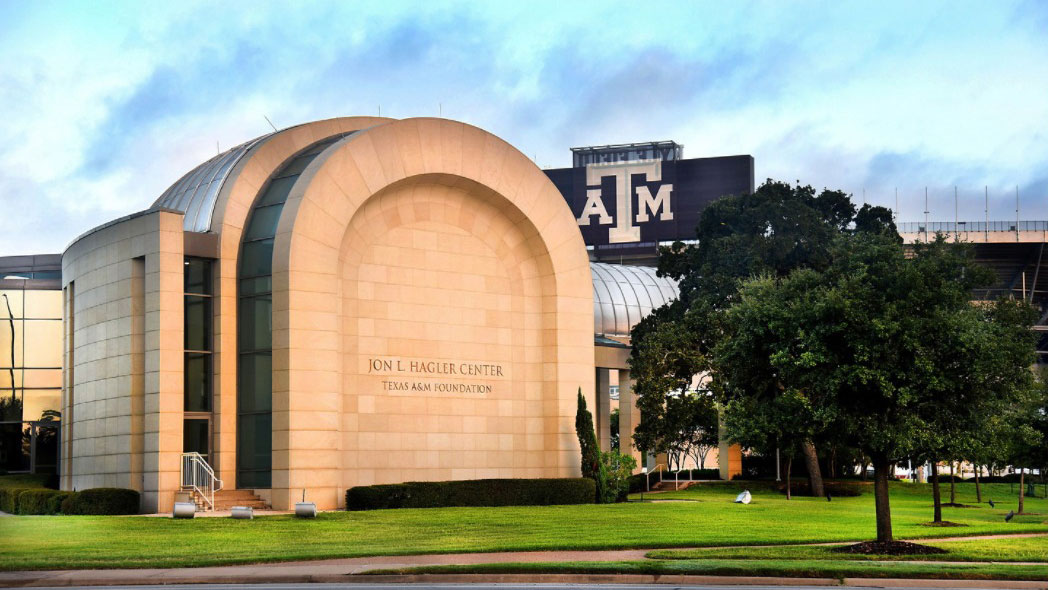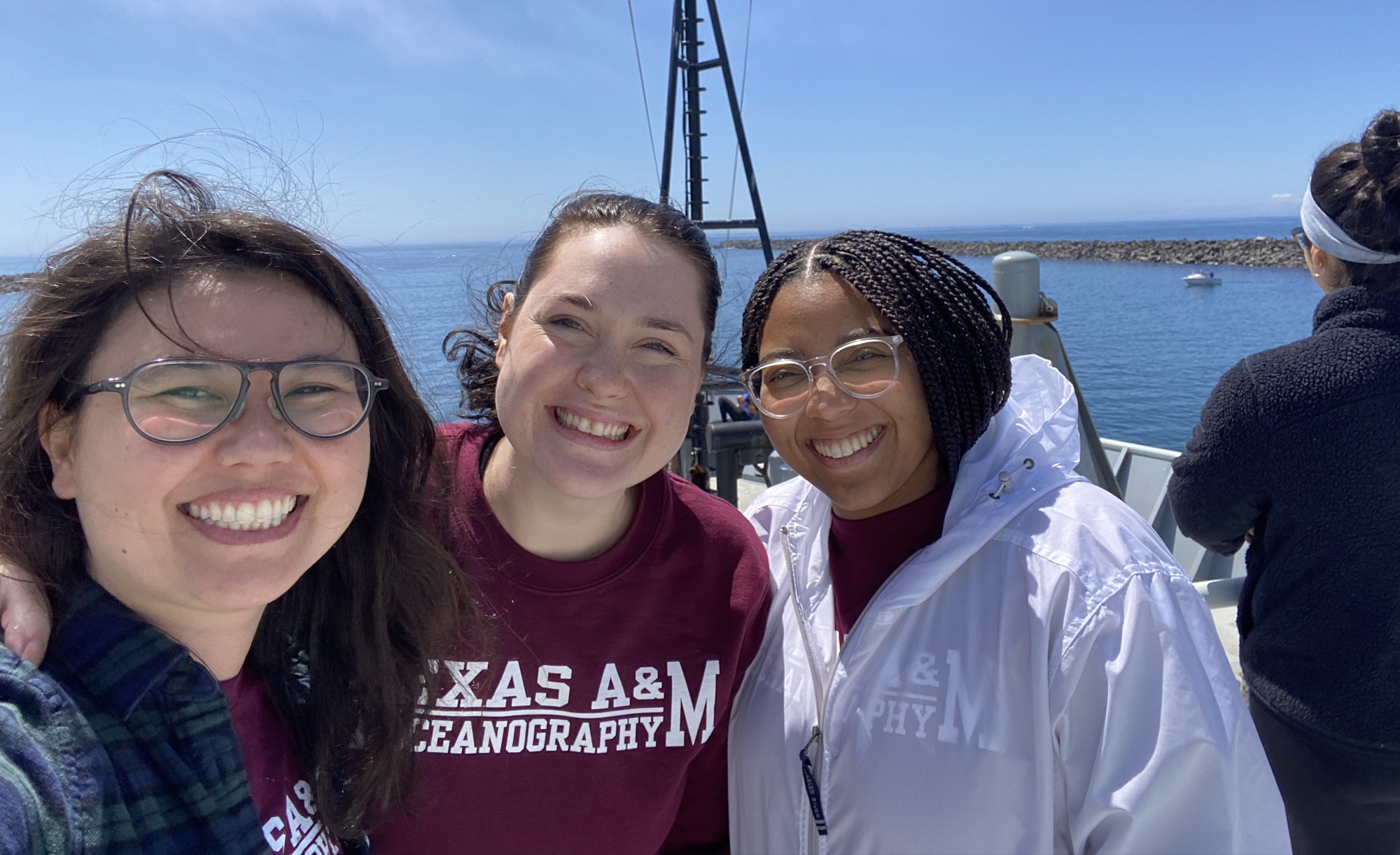
Most of us have experienced a grade-school science classroom: walls plastered with bright posters, cork boards full of inspirational messages, solar systems and other models scattered around the room. Maybe this description brings back memories of childhood and the feeling of learning for the first time about science, which probably felt larger than life and untouchable.
You also may remember seeing a colorful poster of a food web and being fascinated by all the lines, boxes and arrows. The next time you saw a rabbit munching on a patch of grass, maybe you envisioned it in that food web. To Dr. Sarah Hu, an assistant professor in the Department of Oceanography at Texas A&M University, this firsthand observation is one of the most satisfying parts of her job.
“You know those classic food chains or food webs? It's exciting when there are projects in the lab that take that depiction and put a picture on it and put a tangible idea of what's happening, whether it's a box or an arrow in that food web,” Hu said.
As a biological oceanographer, however, Hu isn’t studying rabbits, but something much smaller and much more distant: marine microorganisms. Despite being only 1/100th the width of a human hair, these organisms make up 98% of the mass of living things in the ocean and are part of a complex food web. Hu has studied these organisms in a variety of places, including in the Cayman Islands at underwater chimneys called deep-sea hydrothermal vents, which expel hot water from beneath the seafloor. Her lab is currently analyzing samples from the Gulf of Mexico to see how microbial communities vary at different levels of mixing between the ocean and the Mississippi River. Data from this research could be used as a reference point to assess the impact of severe weather events like hurricanes.
Exploration Through Education
Growing up in Southern California, Hu became familiar with the coast at a young age. She didn’t find her passion for oceanography, however, until she was an undergraduate student. She entered college at the University of Washington in what she called “science exploration mode.” Sparked by seminars from researchers discussing climate change impacts, Hu says she became fascinated by the problem of sustainability in the shellfish industry. She pursued this interest by studying diseases in oysters, along with their impacts on humans, at the National Oceanic and Atmospheric Administration.
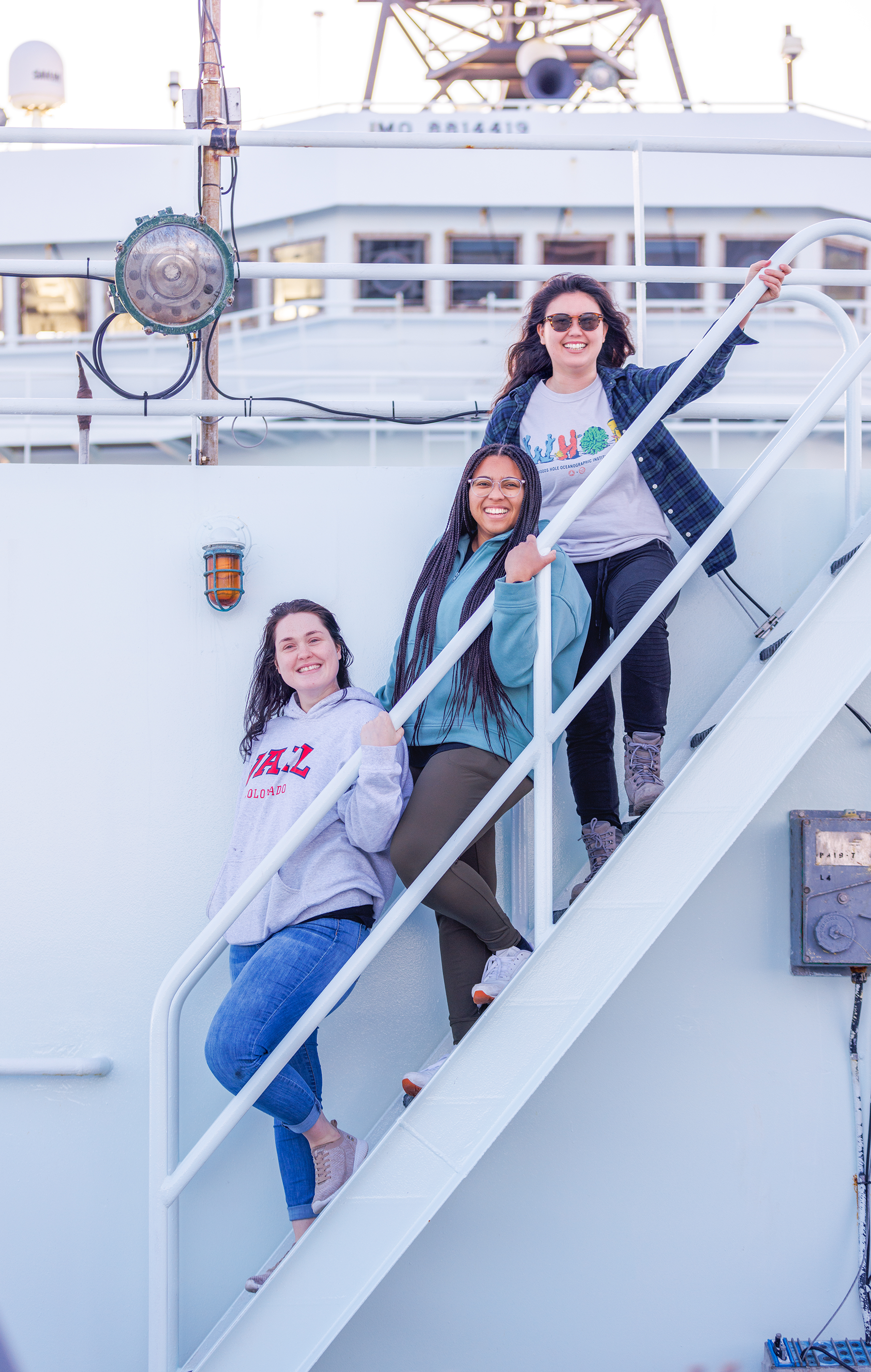
In the end, she earned her bachelor of science in aquatic and fishery sciences in 2011 and went on to get her Ph.D. in marine environmental biology at the University of Southern California in 2018. She then did postdoctoral studies in the Marine Chemistry & Geochemistry Department at Woods Hole Oceanographic Institution from 2018 to 2022 before landing at Texas A&M, where she is now in her second year and is enjoying all the new opportunities, citing the size of the school as a major advantage.
“We have a really big university. There's a lot of stuff going on here,” she said “It makes it really exciting, and so I'm constantly learning about new programs and new majors.”
Building A Community
On top of the obstacles of moving to a new city, Hu has been facing the added challenge of setting up a lab, which she says is “kind of like running a business.” Whether recruiting student workers or organizing equipment, Hu acknowledges it’s a formidable task she expects to never fully complete. Despite the difficulties, she is very excited by the endeavor, as evidenced by the pile of “Hu Lab” stickers in her lab and the frequent activity of the Hu Lab Instagram, @microhukaryote.
Much of this excitement stems from her ability to build a community in oceanography, which she didn’t have growing up, “I had to fight to find people that I identify more with,” Hu explained. “Now, I get to choose those people, and we all kinda work together in our own ways to work with each other, which is really great.” She cites Dr. Julie Huber, her mentor at Woods Hole Oceanographic Institution, as instrumental in demonstrating how to create a welcoming lab space where “everyone can be excited to be present there and also invite being vulnerable in that environment.”
The biggest piece of advice Hu has for others trying to build a similar community is that “communication is key.” Meeting frequently with lab members to check in on them is another big part of building this community for her, as she knows how difficult it can be to maintain a work-life balance, especially as a student. Many of Hu’s lab members are oceanography students, but others come from different backgrounds. She says working in her lab is an advantage for them because all the skills that they learn in her lab are applicable to other research fields, and they will be exposed to more opportunities and careers as a result.
Interconnectivity Of Oceanography
Oceanography itself is very interdisciplinary, and its study is important to a wide range of subjects. The chemical, biological and physical interactions of the ocean all cascade to affect the rest of the environment, which in turn has implications outside of science. The interconnectivity of oceanography with other fields was at the forefront of Hu’s mind when she taught her first class last year, “I was genuinely excited to go through my class roster and think about how oceanography might be related to all the majors and learn about it,” she recalled.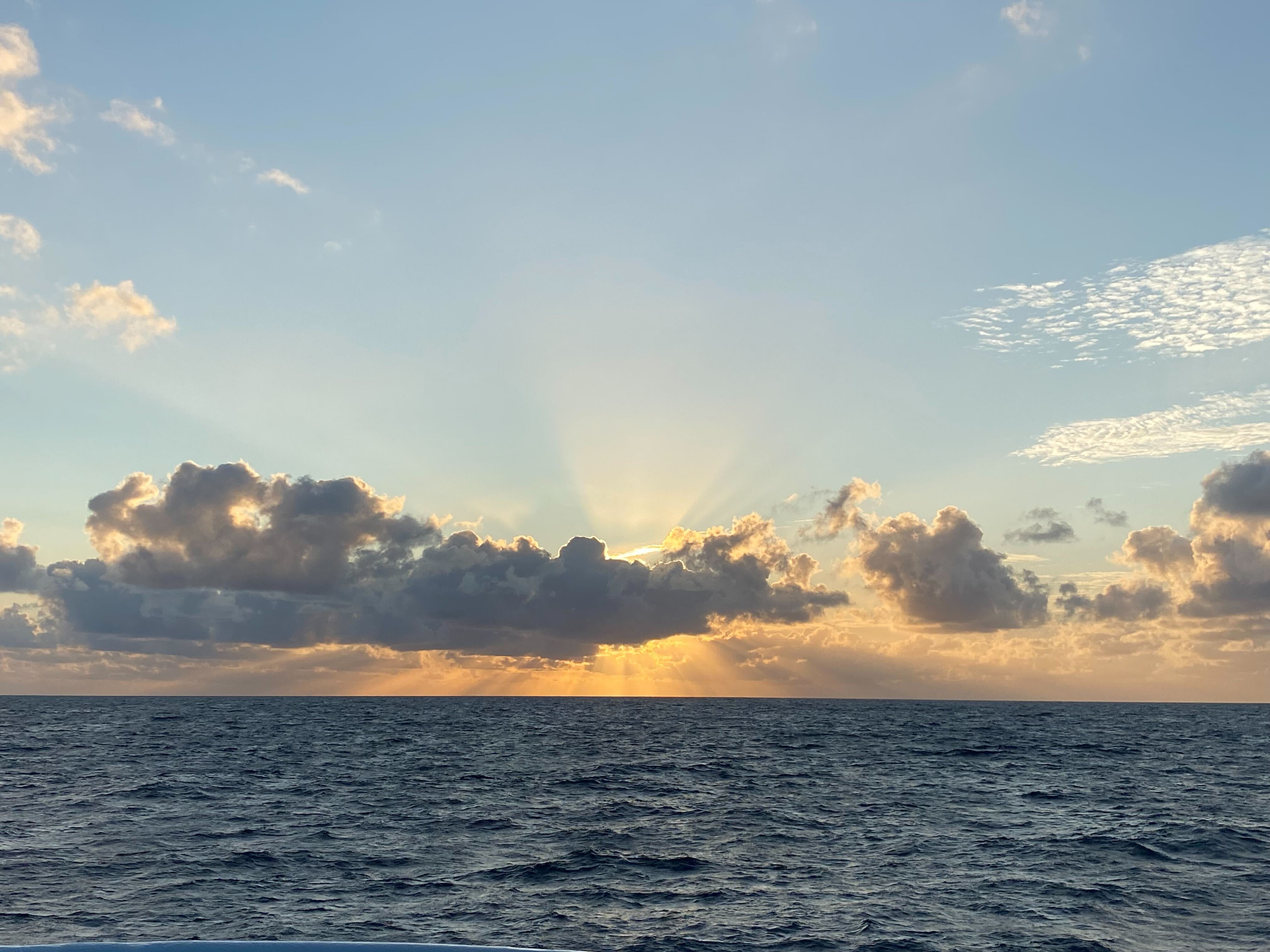
According to Texas A&M junior Sophia Swafford ’27, who took Hu’s introductory oceanography course The Blue Planet, this perspective is reflected in Hu’s teaching. As a communications major with a minimal interest in science, Swafford said she initially was nervous about the course but quickly realized that most of her classmates weren’t oceanography students. Not only was Hu aware of that fact, but Swafford said she also taught in an accessible way for all majors.
“After taking that class, I have a greater appreciation for the things that happen in the ocean,” Swafford added. “Learning more about how everything affects the ocean was interesting.”
Hu encourages people from all backgrounds to learn about the ocean, as the size of it alone shows its importance, “Most of the planet is ocean,” she said “and if you consider how deep the ocean is, most of everything is the ocean.”
To those entering the field of oceanography, Hu offers two main pieces of advice: Go talk to people and keep exploring. While she acknowledges it can be difficult at first, she says talking to people who share your interest or are known in the field is the best way to make connections and learn more about the field. As for exploring, Hu attributes her journey toward oceanography to her curiosity and encourages other people to do the same. She says she's also excited about this generation of graduating students and the innovative ways they’ll work to help the planet.
“[The ocean] is our buddy on the planet,” she explained. “And it's important to understand the intricacies that drive it because it's not going away. We don't want it to go away. So, we work with our buddy.”
Rachel E. Sells ’24 earned a bachelor of science in oceanography from Texas A&M University in May 2024 and currently is pursuing her master’s in science and technology journalism through the College of Veterinary Medicine & Biomedical Sciences.
